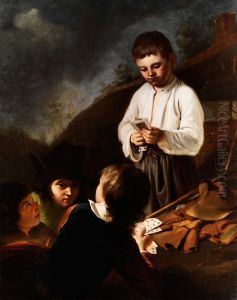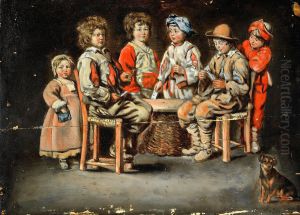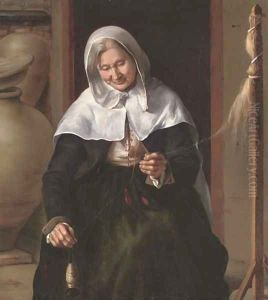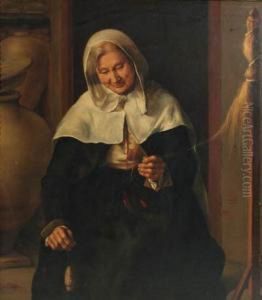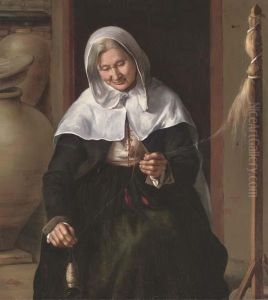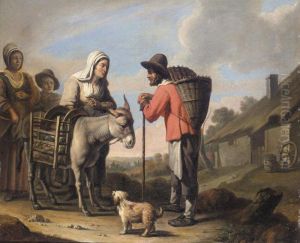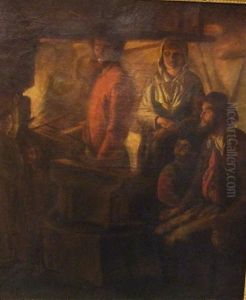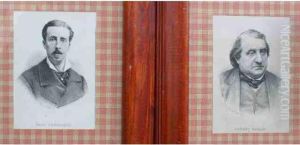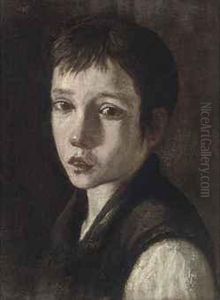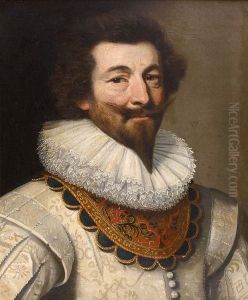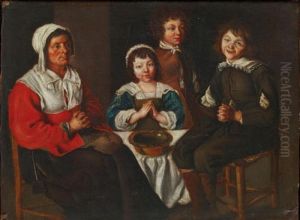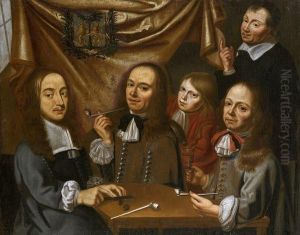Louis And Matthew Le Nain Paintings
Louis and Matthew Le Nain were brothers and French painters who, along with their other brother Antoine (whose birth and death dates closely align with Louis'), played a significant role in the development of 17th-century French painting. The Le Nain brothers were born in or near Laon in northern France, and they moved to Paris around 1629, where they spent the remainder of their careers. While Antoine and Louis are often mentioned together due to their close collaboration and similar styles, Matthew (also known as Matthieu) is recognized for his distinct contributions to their collective body of work, particularly after Louis' death.
The Le Nain brothers were known for their genre scenes, religious subjects, and portraits. They painted the everyday life of French peasants with a dignity and respect that was pioneering for their time, often imbuing these scenes with a sense of solemnity and depth. Their work is characterized by its sober color palette, meticulous attention to detail, and the compassionate portrayal of their subjects. Despite the popularity of their genre scenes, the brothers also received commissions for religious works from churches and monasteries, which they executed with the same level of care and devotion.
The question of attribution among the three brothers has long puzzled art historians, as they frequently worked together on paintings and rarely signed their works individually. This has made it challenging to distinguish between the contributions of Louis, Antoine, and Matthew. However, scholars have attempted to differentiate their styles and thematic preferences through detailed analysis of their known works.
Louis is often considered the leading figure among the three, perhaps due to his presumed role as the eldest brother. He is credited with bringing a greater depth of emotion and a stronger sense of realism to their joint works. Following Louis' death in 1648, it is believed that the quality and frequency of the brothers' output diminished, indicating his central role in their collaboration.
Matthew lived considerably longer than his brothers, passing away in 1677. After Louis' death, Matthew continued to work, but his later works are less known and studied. The legacy of the Le Nain brothers is significant; they are celebrated for their unique approach to depicting the lives of the common people, a theme that would influence French art for generations to come. Their work provides a valuable insight into the society and culture of 17th-century France, making them an important study for art historians and enthusiasts alike.
